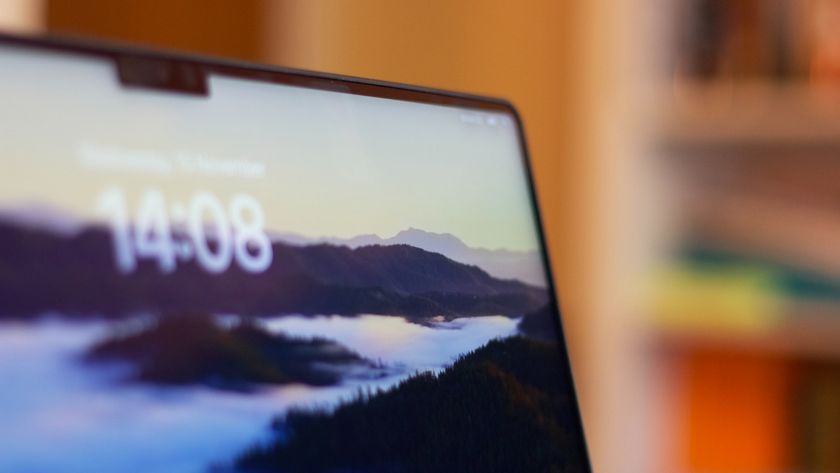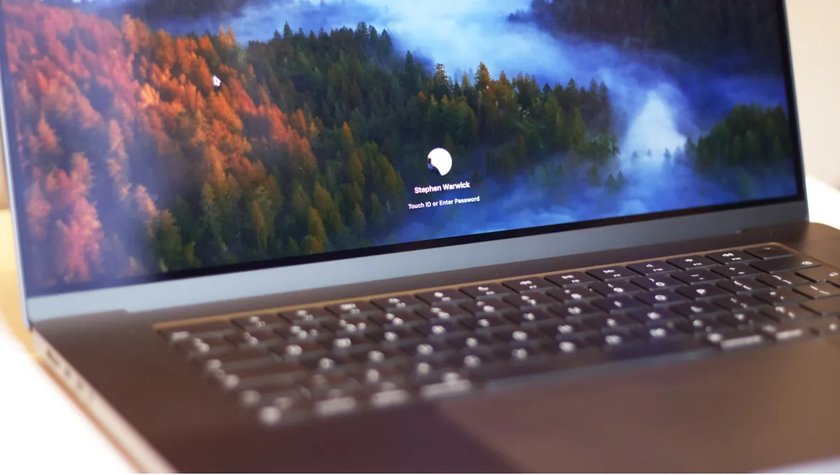Should you get the 13-inch MacBook Pro with or without Touch Bar and Touch ID?
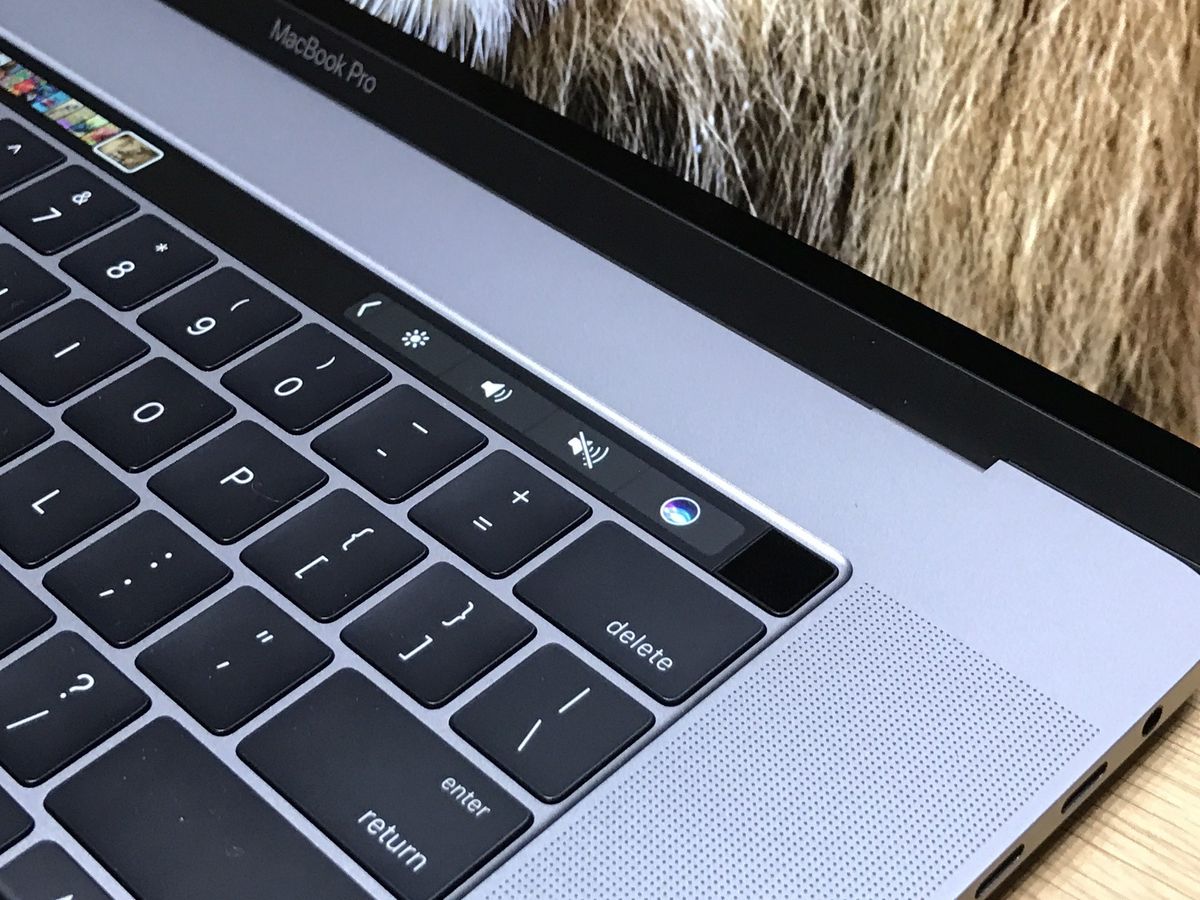
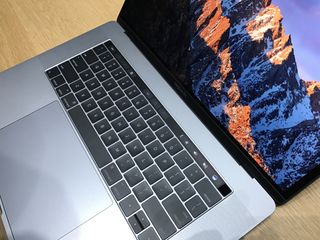
The MacBook Pro comes in two sizes: 13 inches and 15 inches. The 13-inch also comes in two versions: the 2018 model with the Touch Bar and Touch ID sensor, and the (currently still) 2017 model without the Touch Bar and Touch ID.
Apple is aiming the non-Touch Bar version at MacBook Air customers who've been wanting to upgrade to a high-density Retina display for years now. The Touch Bar version is aimed at more traditional 13-inch MacBook Pro customers.
So, broadly speaking, if you've always wanted a 13-inch MacBook Air with Retina display, you want the MacBook Pro (2017) without the Touch Bar. If you want an updated 13-inch MacBook Pro, you want the MacBook Pro (2018) with the Touch Bar.
They both have the same, gorgeous DCI-P3 wide gamut Retina display, the same 8GB and 16GB options for LPDDR3 memory, the same larger Force Touch Trackpad, and the same silver and space gray color options, but they also have some critical differences.
Price

The 13-inch MacBook Pro (2017) without Touch Bar is less expensive than the 13-inch MacBook Pro (2018) Touch Bar — it's lower end, so lower price.
- MacBook Pro (2017) without the Touch Bar starts at $1,299.00.
- MacBook Pro (2018) with the Touch Bar starts at $1,799.00
The biggest differences, aside from Touch Bar, are the chipsets.
Processors
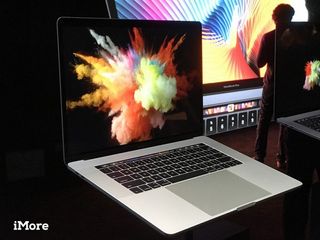
The central processing unit (CPU) is the engine that drives the computer.
Master your iPhone in minutes
iMore offers spot-on advice and guidance from our team of experts, with decades of Apple device experience to lean on. Learn more with iMore!
The 13-inch MacBook Pro (2018) comes with a 2.3GHz dual-core 7th-generation (Kaby Lake) Intel Core i5 processor, Turbo Boost up to 3.6GHz with the option to upgrade to a 2.5GHz dual-core 7th-generation (Kaby Lake) Intel Core i7 processor, Turbo Boost up to 4.0GHz.
The 13-inch MacBook Pro (2018) with Touch Bar comes with a 2.3GHz quad‑core 8th‑generation (Coffee Lake) Intel Core i5 processor, Turbo Boost up to 3.8GHz with the option to upgrade to a 2.7GHz quad‑core 8th‑generation (Coffee Lake) Intel Core i7 processor, Turbo Boost up to 4.5GHz.
- The non-Touch Bar version is a generation behind in processor architecture.
- The Touch Bar version is quad-core instead of just dual-core, which better handles multi-threaded workloads.
Graphics
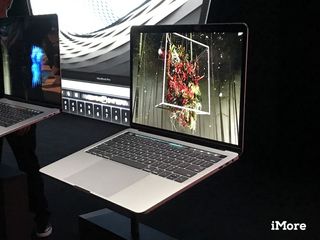
The graphics processing unit (GPU) is what fills that P3 Retina display with images and animations and pushes all the pixels and 3D objects around.
The 13-inch MacBook Pro (2017) without Touch Bar has Intel Iris Plus Graphics 640
The 13-inch MacBook Pro (2018) with Touch Bar has Intel Iris Plus Graphics 655.
- While the 655 doesn't look like a huge boost, it has double the embedded DRAM so, if you care about graphics, it's not an insignificant update.
Ports
The 13-inch MacBook Pro (2017) without Touch bar has 2x full-speed Thunderbolt 3 ports / USB-C ports.
The 13-inch MacBook Pro (2018) with Touch ID has 4x Thunderbolt 3 / USB-C ports and, with the 2018 model, all four of those ports are now full bandwidth.
- If you want all four high-speed ports, you want the MacBook Pro (2018) with Touch Bar.
Touch Bar vs. Function Keys
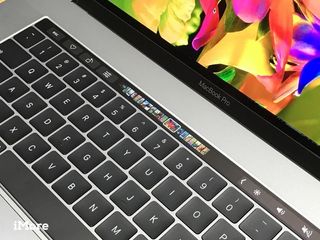
The 13-inch MacBook Pro (2017) without the Touch Bar includes the tradition set of function keys on the keyboard, including the default media controls they've been set to for non-programmers and macro-runners for years now.
The 13-inch MacBook Pro (2018) includes the new Touch Bar. The OLED with a matte finish that matches the look of the keyboard keys can display Esc and function keys, along with system and media controls, just like the old function row. However, it can also display curated, contextual shortcuts for whatever app you're working in at the time. That includes volume sliders, content scrubbers, color selectors, and anything else a developer can dream up.
- If you want a traditional row of function keys, you want the MacBook Pro without Touch Bar.
- If you want an adaptable, multitouch display in your keyboard, you want the MacBook Pro with Touch Bar.
Touch ID
To the right of the Touch Bar is Touch ID. Once exclusive to iPhone and iPad, now you can have it on the Mac. It works off an Apple T1 chip, which is like a tiny, integrated iOS device embedded right in the MacBook Pro. It handles the secure enclave and secure presentation of Apple Pay information, but that fusion is hidden away.
All you see is the sensor. Place your registered finger on it and you're authenticated! You can even use it for fast account switching.
- If you want to be able to authenticate with your fingerprint, you want Touch ID.
Storage
The 13-inch MacBook Pro (2017) without Touch Bar comes with 128GB of SSD storage but can be upgraded to 256GB, 512GB, or 1TB.
The 13-inch MacBook Pro (2018) with Touch Bar comes with 256GB of SSD storage but can be upgraded to 512GB, 1TB, or 2TB.
- If you want maximum storage for photos, video, or other demanding workloads, you'll want the MacBook Pro (2018).
Who should get the 13-inch MacBook Pro (2017) without Touch Bar.
If you've always wanted a Retina MacBook Air, or you want one of the new MacBooks Pros with 2x Thunderbolt 3 / USB-C ports, a wide-gamut Retina Display, and the fast SSD.but don't need the Touch Bar or Touch ID, you should consider the entry-level 13-inch MacBook Pro.
Who should get the MacBook Pro (2018) with Touch Bar?
If you want a quad-core Coffee Lake chipset, 4x full-speed USB-C / Thunderbolt 3 ports, the Touch Bar and Touch ID, and the option for up to 2TB of storage — almost all of last year's 15-inch specs crammed into a 13-inch chassis — get the 13-inch MacBook Pro (2018).
Still undecided?
If you're still having trouble choosing which MacBook Pro is for you, make sure to pay our Apple MacBooks discussion forums a visit.
Updated August 2018: Compares the non-new non-Touch Bar 13-inch MacBook Pro (2017) to the all-new, with Touch Bar 13-inch MacBook Pro (2018).

Rene Ritchie is one of the most respected Apple analysts in the business, reaching a combined audience of over 40 million readers a month. His YouTube channel, Vector, has over 90 thousand subscribers and 14 million views and his podcasts, including Debug, have been downloaded over 20 million times. He also regularly co-hosts MacBreak Weekly for the TWiT network and co-hosted CES Live! and Talk Mobile. Based in Montreal, Rene is a former director of product marketing, web developer, and graphic designer. He's authored several books and appeared on numerous television and radio segments to discuss Apple and the technology industry. When not working, he likes to cook, grapple, and spend time with his friends and family.

